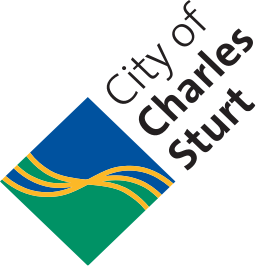We hold licenses to fill our wetlands with water – these licenses are provided to us from the Adelaide Mount Lofty Ranges Natural Resource Management Board (AMLRNRMB). The water we obtain is through environmental flows that are strictly managed and controlled by the AMLRNRMB and aim to mimic natural flow patterns in the Torrens, South Para and Onkaparinga rivers. This summer period, only one environmental flow along the River Torrens has occurred due to the fact that the blue green algae in the Torrens Lake has not reached levels that trigger the environmental flow. For more information on environmental flows you can click this link:
Metropolitan Adelaide, including all areas of the City of Charles Sturt, has not received more than 5mm of rain since mid to late December 2018. As a result, the AMLRNRMB has not been able to release any water into the system since Tuesday 8 January 2019. This summer has been the hottest summer recorded in South Australia.
It has also been driest summer in the last 33 years. This extreme weather pattern highlights how our urban environment adapts and changes in response to periods without rainfall.
The Old Port Road Wetland is closely monitored by our wetland team and we aware of the low levels of water. The wetlands are an important part of our recycled water system and we understand community concern regarding this area.
We are also aware that insects, as well as other animals, live in and around the wetlands. The AMLRNRMB has a mosquito monitoring plan that identifies the levels of mosquitoes within urban wetlands across the state. The monitoring has shown that mosquitoes are non human-disease carrying ones. Lastly, the constructed wetlands have been designed to minimise the risk of high insect population as there shouldn’t be multiple small pools but one deeper pool shrinking (that might have fish in it eating the larvae). Some information on the monitoring can be found here:
